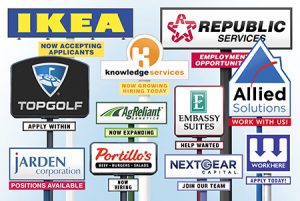
Will bull market continue through 2018? Financial pros weigh in
As 2018 gets under way, investors are wondering whether the good times will continue to roll. Some financial pros are optimistic, thanks to the economy’s robust growth and the anticipated stimulative effects of the GOP’s newly passed tax-reform plan.



